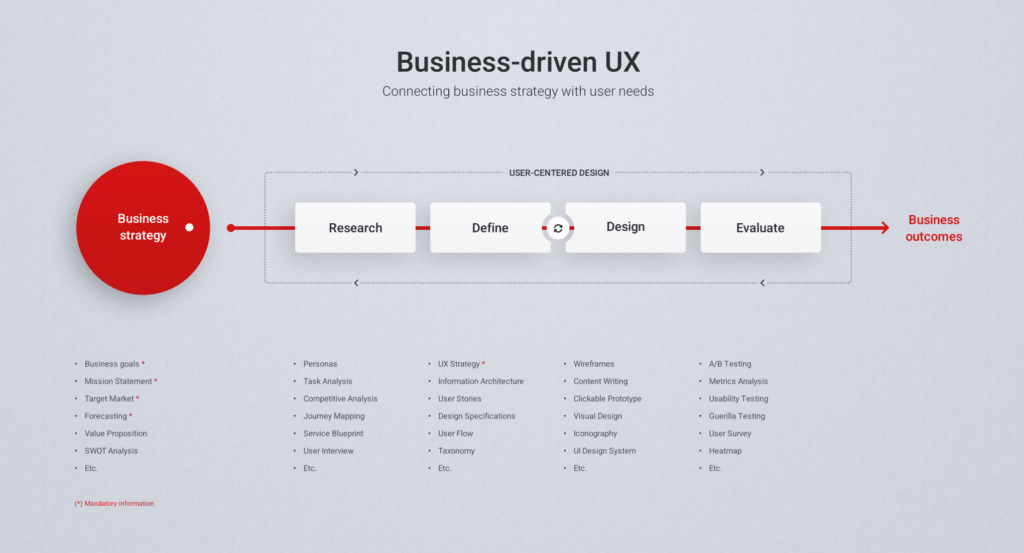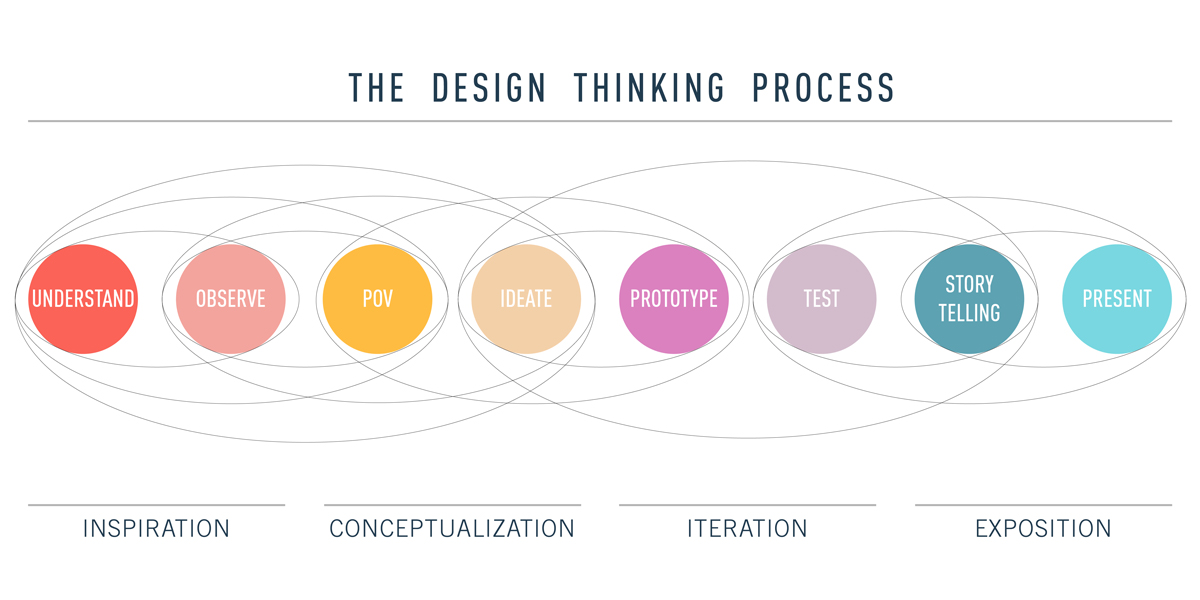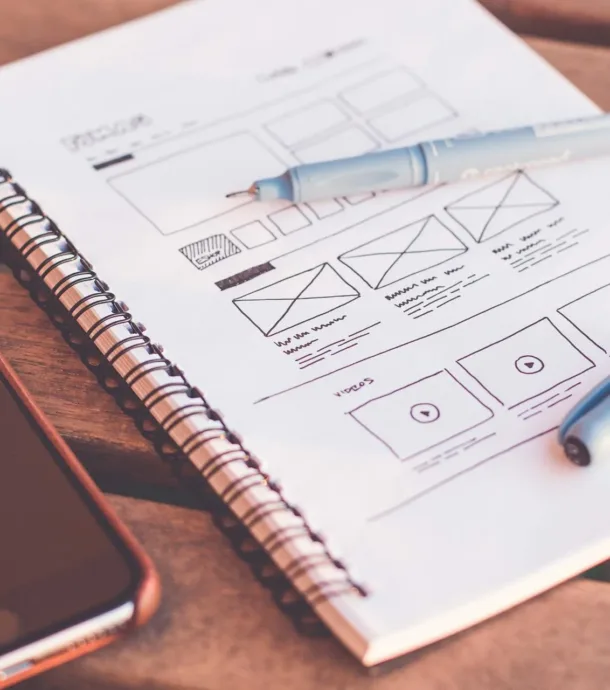UX in web design refers to the crafting of components that shape a user’s interaction with a product or service.
It sculpts the products and services we utilise daily, ensuring they are user-friendly, efficient, and pleasurable for the end-users.
The effectiveness of UX design can significantly influence the triumph or downfall of a business or brand.
In this blog post, we will uncover the essentials of user experiences for small business owners.
Table of Contents
- Introduction
- What is User Experience (UX)?
- Importance of UX for Businesses
- Key Elements of UX
- Usability
- Information Architecture
- Interaction Design
- Visual Design
- The UX Design Process
- How to Measure UX
- Conclusion
1. Introduction
In the digital age, businesses must prioritise the user experience (UX) to stay competitive.
UX is no longer a luxury but a necessity for businesses that want to attract, engage, and retain customers.
This article will delve into the concept of UX, its importance for businesses, its key elements, the UX design process, and how to measure UX.
2. What is User Experience (UX)?
User Experience, often abbreviated as UX, is a term that encompasses all aspects of a user’s interaction with a company, its services, and its products.
Don Norman, a cognitive scientist and co-founder of the Nielsen Norman Group, first coined the term.
He defined UX as “encompassing all aspects of the end-user’s interaction with the company, its services, and its products.”
UX is not just about the usability of a product or a website. It’s about the entire journey a user takes.
It includes everything from how a user discovers a company’s product or service, how they interact with it, their perceptions and feelings about it, and their overall satisfaction.
3. Importance of UX for Businesses
UX is crucial for businesses for several reasons:
- Customer Satisfaction: A positive UX leads to higher customer satisfaction. When customers find a product easy to use and enjoyable, they are more likely to use it again and recommend it to others.
- Increased Sales: Good UX design can lead to increased sales. A well-designed website or mobile app development can make the buying process smoother, leading to higher conversion rates.
- Brand Loyalty: When customers have a positive experience with a product, they are more likely to become loyal to the brand and become repeat customers.
- Reduced Costs: Investing in UX can help businesses save money in the long run. By identifying and solving problems early in the design process, businesses can avoid costly fixes later on.
4. Key Elements of UX
- Usability: Usability refers to how easy a product is to use. A product with good usability is intuitive and doesn’t require the user to think too much about how to use it.
- Information Architecture: Information Architecture (IA) involves organising and labeling information in a clear and intuitive way. Good IA helps users find the information they need and complete tasks efficiently.
- Interaction Design: Interaction Design focuses on how users interact with a product. It involves creating intuitive and meaningful interactions that help users achieve their goals.
- Visual Design: Visual Design is about creating a product that is aesthetically pleasing. It involves elements like color, typography, images, and layout.
5. The UX Design Process
The UX design process typically involves the following steps:
- Research: This involves understanding the users, their needs, and their pain points.
- Design: Based on the research, designers create wireframes and prototypes of the product.
- Testing: The prototypes are tested with users to get feedback and identify any issues.
- Iteration: Based on the feedback, the design is refined and improved. This process of testing and iteration continues until the design meets the users’ needs.
6. How to Measure UX
Measuring UX can be challenging, but it’s crucial for understanding how well a product meets users’ needs. Some common methods for measuring UX include:
- User Surveys: These can provide valuable insights into users’ perceptions and experiences.
- Usability Tests: These involve observing users as they use a product to identify any issues or areas for improvement.
- Analytics: Data such as bounce rates, conversion rates, and time on page can provide insights into how users are interacting with a product.
7. Conclusion
Understanding and prioritising UX can provide significant benefits for businesses. By focusing on the user’s needs and experiences, businesses can create products that are not only usable but also enjoyable. This leads to higher customer satisfaction, increased sales, and brand loyalty. By investing in UX, businesses can create a competitive advantage and ensure their long-term success. UX can also drive more leads and sales for your business. Read our another article on 3 Tips to increase Lead Generation.
Remember, UX is not a one-time task but an ongoing process that requires continuous testing and improvement. As user needs and technologies evolve, businesses must continually adapt and improve their UX to stay relevant and competitive.








